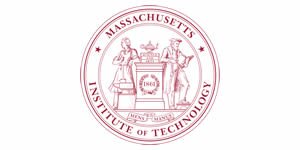Link to the full source article
RSS Feed Source: MIT Technology Review
It turns out that you don’t need to be a scientist to encode data in DNA. Researchers have been working on DNA-based data storage for decades, but a new template-based method inspired by our cells’ chemical processes is easy enough for even nonscientists to practice. The technique could pave the way for an unusual but ultra-stable way to store information.
The idea of storing data in DNA was first proposed in the 1950s by the physicist Richard Feynman. Genetic material has exceptional storage density and durability; a single gram of DNA can store a trillion gigabytes of data and retain the information for thousands of years. Decades later, a team led by George Church at Harvard University put the idea into practice, encoding a 53,400-word book.
This early approach relied on DNA synthesis—stringing genetic sequences together piece by piece, like beads on a
Click this link to continue reading the article on the source website.
